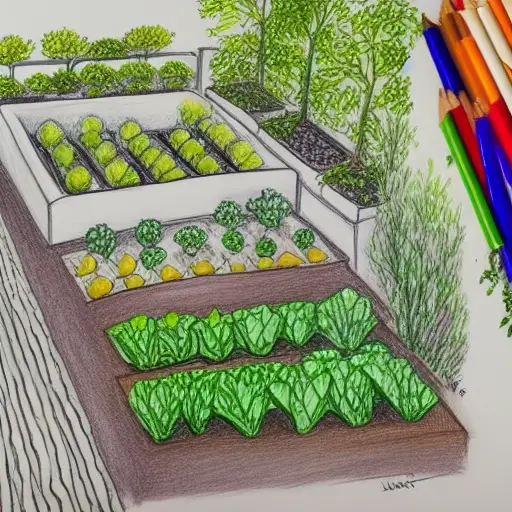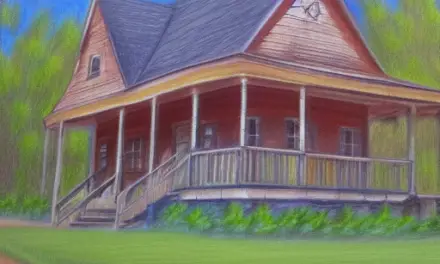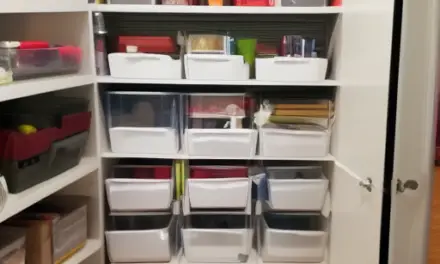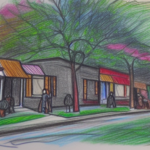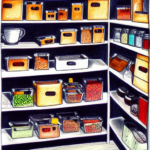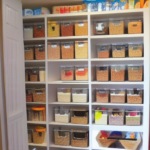If you are considering growing your own vegetables, starting with a small space is the best option. Look for a site that is sunny, sheltered and level. Plan out what vegetables you will plant and how many they will yield. You may want to consider freezing or preserving extras. Choose disease-resistant varieties and compact varieties to conserve space. If you are working with a small space, you may want to skip corn, a common vegetable, as it requires a lot of space to grow.
Planting chart
Developing a planting chart is a great way to plan out the layout of your garden beds. It helps you decide how to space your plants to get the most amount of light and nutrition. It also helps you learn how much space to leave between crops, which results in healthier plants and a higher yield.
The timing of your vegetable planting is crucial, and your chart should be based on your area’s climate. There are different zones in the US, each with different planting dates, and each zone has a different average winter temperature. If you live in a higher elevation, you should start your crops later, and move them into a later zone when the temperatures start to rise.
When planning a vegetable garden, you should first make a plan of where you want to plant each variety. This way, you’ll know when to plant each crop. After deciding what to plant, you can start buying seeds and supplies. Ensure that you order seedlings and supplies early. Before starting planting, you should check the hardiness zone of your soil. Some vegetables, such as tomatoes, can be planted directly into the garden, while others need to be started in containers.
The best way to plan your vegetable garden is to use a vegetable calendar. This calendar will help you know when to plant what and when. Using a vegetable calendar will also help you plan out your rotation of crops. This calendar will help you know which vegetables will grow well in different climates and seasons.
Soil preparation
Soil preparation is an important step in starting a small vegetable garden. You should test the soil in spring or fall to make sure it’s ready for planting. This will allow you to determine whether you need to add organic material, fertilizer, or both. You can also use soil testing to determine the right amount of fertilizer to apply.
Soil preparation can be an easy process. You can start by adding organic matter to the area. Mulching can also be helpful. You can also leave the soil alone without disturbing it too much. By doing this, you can start cultivating a rich and productive garden. Just be sure to keep in mind that the soil pH of your garden bed will affect the plants you grow.
Soil testing can be done during the fall before planting, as it’s the best time for soil analysis. Soil testing can help you determine the right amount of sand and clay in your soil. A balance of both elements is ideal for growing vegetables. You can also use an organic fertilizer that’s safe to use on your small garden.
A pH test can help you determine the acid and alkalinity of the soil. A balanced pH of 6.2 to 6.8 is best for most vegetable crops. If you don’t know the pH of your soil, you can visit a cooperative extension office and get it tested. They will be able to tell you if your soil is too acidic or too alkaline, and offer solutions for correction. You can also purchase a commercial soil test kit. You can also perform the test at home using common kitchen ingredients.
You should test the soil in several places. For optimum results, sample the soil at least eight to ten inches deep. By testing the soil, you can see the pH level of your soil and its fertility level. A balanced pH will help your vegetables grow healthy and strong. If you want to try your hand at growing your own veggies, it’s better to test the soil before planting.
Choosing a sunny location
Choosing a sunny location for a vegetable garden is essential if you want your plants to grow well. Ideally, the vegetable garden should get at least six hours of sunlight a day. This is best achieved by planting the garden in a north-south orientation, which takes advantage of the sun’s movement from east to west. Also, a north-south orientation will allow vegetables to get more direct sunlight. While most vegetables do best with full sunlight, they do need constant monitoring and daily tending to prevent disease and pest infestations.
Vegetables require plenty of sun to produce fruit and fleshy stems. Sunlight is essential for photosynthesis, which transforms carbon dioxide and water into food. The best locations for vegetable gardens have high levels of direct sunlight throughout the day. However, some plants require more sunlight than others. For instance, root crops need four or six hours of direct sunlight daily. Depending on the type of vegetable you plan to grow, you may need to choose a location that receives morning sun and afternoon shade. Also, try to select a sunny location that has good drainage. Vegetables do not do well in areas with poor drainage. Moreover, avoid placing your garden in a forest or under trees.
A sunny location for your vegetable garden should have at least six hours of direct sunlight. Ideally, it should have southern exposure. Vegetables do best in morning sunlight, but you should also consider planting them on the east or west sides of your property. You can also plant them in the southern section of your property if it is a hillside.
Watering
Watering a small vegetable garden is an important part of keeping your garden growing and thriving. To get the best results, make sure that you water in the early morning. This will ensure that the soil is properly moist, but it will also help you determine the correct amount of water to apply. To do this, you can use a moisture meter. These devices measure the amount of water that is needed for a specific plant.
When watering your small vegetable garden, you need to consider how the plants will respond to the water. The most resilient plants are those that have deep roots and can forage for moisture in the soil layers. In addition, plants that are deeply rooted need less frequent watering. Plants that are shallowly rooted will stay near the surface of the soil and will not receive the water they need.
After you know when the plants need water, you can schedule your watering session. You can choose to water your garden during the early morning hours or the late afternoon. This will minimize evaporation, which will also help your vegetables retain water. Also, you can choose to use a sprinkler system that can regulate the amount of water that is applied to each plant. Some sprinkler systems even come with timers that allow you to program when the water should be applied.
If you live in an area with hot weather, you should pay special attention to the amount of water that your vegetables need. This is important because hot weather causes dehydration in vegetables, and you will need to water them more often. In addition, the type of soil that your plants are growing in will have an impact on how much water they need. For instance, sandy soil doesn’t hold water for long, while dense clay soils hold water better.
Crop rotation
One way to improve soil quality and manage pests is through crop rotation. Rotating crops helps your garden replenish nutrients in the soil and prevents soil degradation. Rotation helps reduce the number of soil-borne diseases. In addition, plants take nutrients from the soil and add them back. In this way, your garden stays healthy and productive.
Crop rotation works by dividing your garden into different sections and planting different plant families in each one. This systematic method will ensure that all areas of your garden get each family of plants. Most crop rotation systems include at least four sections and four rotating plant groups. However, you can also create your own system based on the types of vegetables you grow. For example, if you grow only tomatoes, you may want to rotate them every year with carrots.
Crop rotation is an important gardening technique that benefits small vegetable gardens. It helps prevent disease and pest populations by alternating certain types of vegetables. It also provides the soil with a rest period. By alternating plants, your soil will be better able to absorb the nutrients needed by the crops.
A small garden can be hard to rotate, but you can still create a successful rotation plan. The first step is to divide your garden into multiple beds. Then you can rotate crops in each bed. By doing so, you can grow several types of plants in one area. Alternatively, you can rotate plants into containers.

